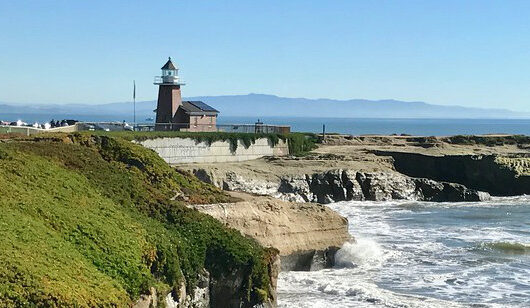New Directions in Neutrino Flavor Evolution in Astrophysical Systems
New Directions in Neutrino Flavor Evolution in Astrophysical Systems
Organizers:
- Eve Armstrong, New York Institute of Technology, American Museum of Natural History, evearmstrong.physics@gmail.com
- George Fuller, UC San Diego, gfuller@ucsd.edu
- Amol Patwardhan, SLAC, avpatwardhan13@gmail.com
- Ermal Rrapaj, UC Berkeley, Univ. of Minnesota, ermalrrapaj@gmail.com
Diversity Coordinator:
- Eve Armstrong, New York Institute of Technology, American Museum of Natural History, evearmstrong.physics@gmail.com
Program Coordinator:
- Alesha Vertrees, aleshav@uw.edu, (206) 221-8914
Goals of the workshop:
The focus of this workshop is to advance our understanding of neutrino flavor evolution in dense environments, from the standpoint of theory, computation, and neutrino detection. To this end, the workshop will convene experts working on collective neutrino oscillations, as well as a few from outside this field, to facilitate exchange of ideas and knowledge. In particular, the workshop aims to foster a discussion regarding various computational approaches—including approaches that are already being utilized as well as those with potential to offer new insights.
Importance of the topic:
Recent decades have demonstrated that the phenomenology of neutrino flavor transformations in compact object environments, such as supernovae and neutron star mergers, is rich, and various flavor instabilities have been discovered. The physics of neutrino flavor evolution in these environments comprises an unsolved problem at the heart of the ongoing revolution in multi-messenger astrophysics. The stakes could be high. For example, finding convincing solutions to this problem might leverage gravitational-wave and electromagnetic observations of neutron star merger-generated kilonovae into deeper insights into the transport of energy, entropy, and lepton number in these sites. In turn, this could aid in understanding heavy element nucleosynthesis, connecting this problem to chemical evolution and mass assembly histories of galaxies and dark matter.
Producing self-consistent solutions, however, for the neutrino flavor evolution problem has been a vexing undertaking. In part this is because of the fierce nonlinearity engendered by the high neutrino fluxes in these compact object environments. This has necessitated the development of highly sophisticated numerical approaches. As with many nonlinear many-body problems, initial forays into finding self-consistent numerical solutions have led to surprises. Notably, despite the small measured neutrino mass-squared differences and the large matter densities in these venues, large scale coherent collective neutrino flavor oscillations were shown to arise in analytic, semi-analytic, and numerical treatments. These studies have revealed that the neutrino flavor field in compact objects may fall victim to a host of instabilities—some of which were artificially hidden from the initial numerical simulations on account of those approaches being forced to adopt simplistic geometries with a high degree of symmetry.
To utilize the insight gained from these calculations that have been carried out in the last couple of decades, and to apply it to efficiently probe a range of physical conditions and parameter regimes where such physics can arise, inference-based strategies to study nonlinear neutrino flavor evolution are being explored. Recently, numerical techniques such as the “angular moments methods” from hydrodynamic simulations have also been utilized in an attempt to better understand some of the flavor instabilities. These are just a couple of recent examples in which transfer of knowledge across the artificial boundaries between scientific disciplines has advanced research in this field. A scenario wherein all these various ongoing efforts could begin to coalesce would therefore be highly desirable. Moreover, with the advent of detectors such as DUNE and Hyper-K, it is more pertinent than ever to ask what a neutrino detection from a future galactic core-collapse supernova could teach us about neutrino properties and the supernova environment.




